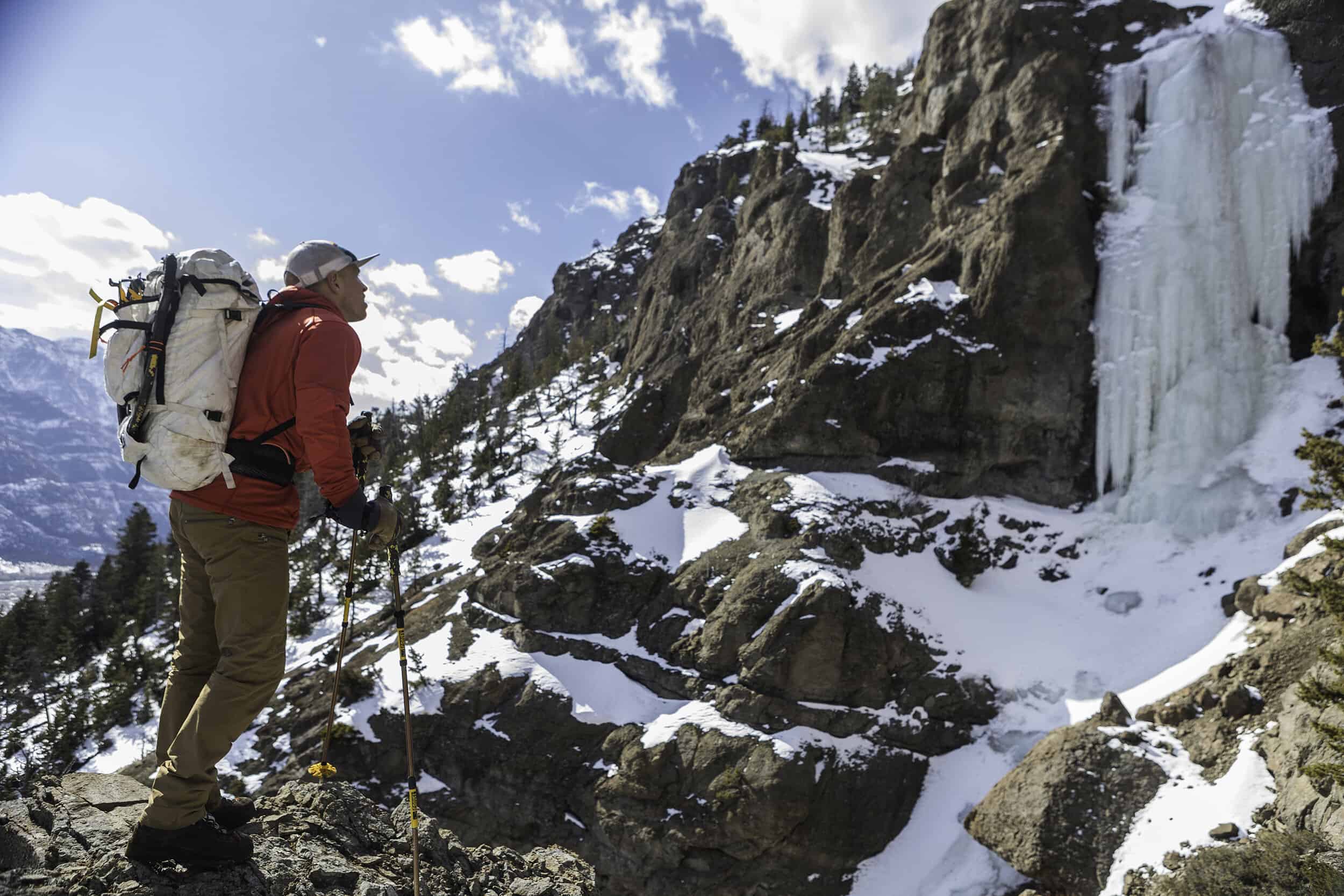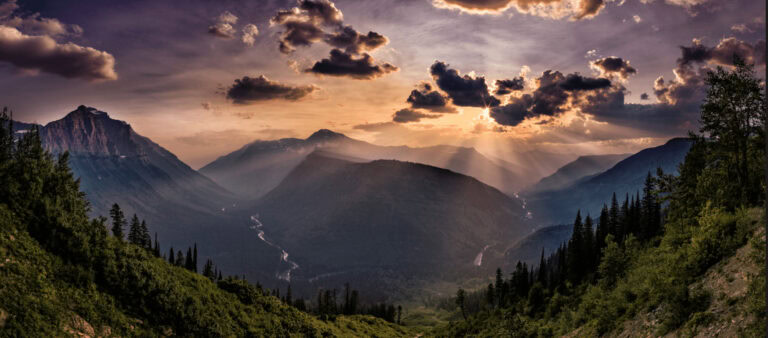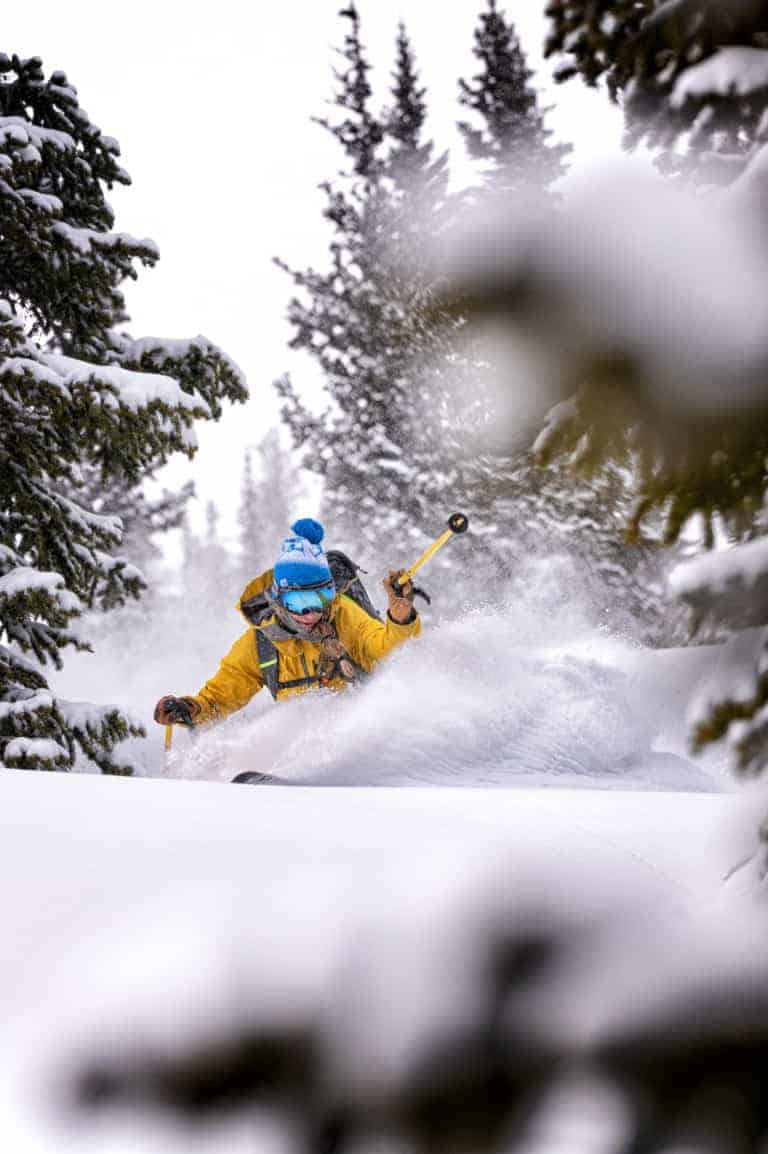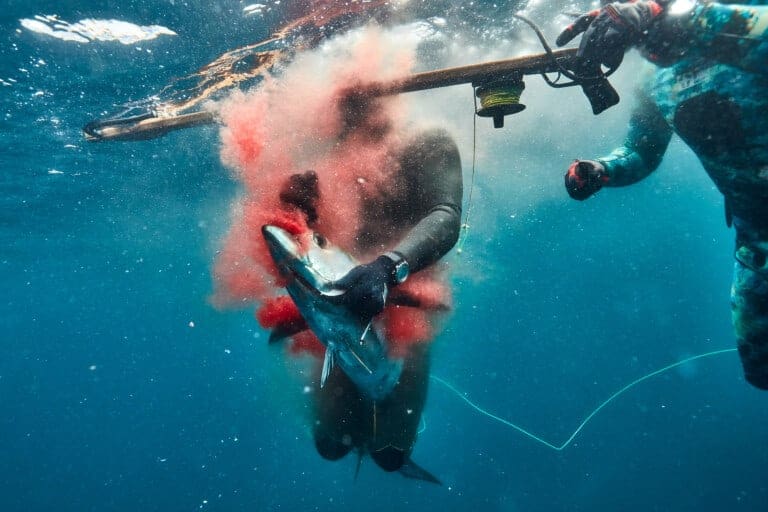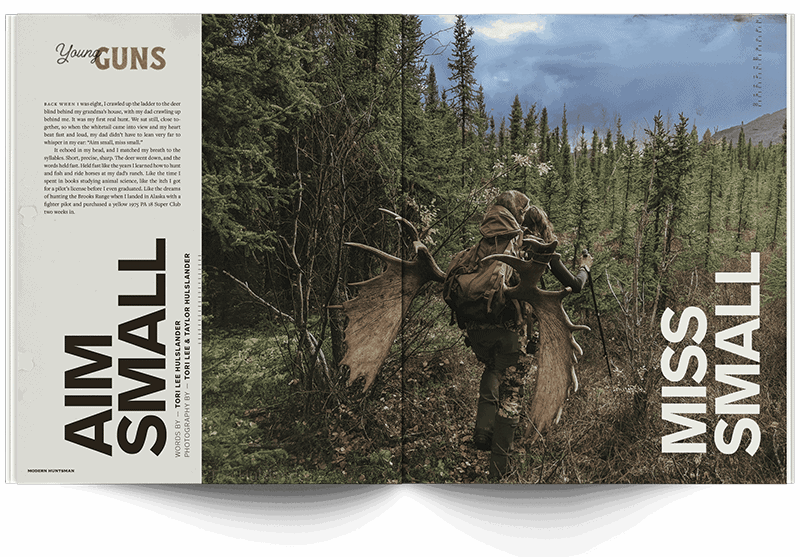The secret to professional ice climber, Aaron Mulkey’s remote first ascents is to follow the wildlife; a strategy that most professional ice climbers don’t possess, and one that Mulkey learned from a lifetime of hunting. In the ice climbing world, Mulkey is known as one of the pioneers of the South Fork. A valley that extends from the Thorofare, a place known to many as one of the most remote areas in the lower 48 states. During the winter season, sheets and pillars of ice form on mountain faces and the amphitheaters of the peaks that rise from the valley floor, soaring to 11,000 feet. Mulkey has established over 100 first ascents deep in the valley’s canyons.
His dedication to exploration stems from a childhood of chasing wild game in the backcountry of California, where he learned to hunt with his dad. “My dad taught me how to hunt but, in those experiences, I learned more than just the proper ways in which to harvest an animal. It became clear to me that I had a passion for discovering the unknown,” Mulkey says. As a child, he spent almost every weekend he could in the mountains and as a young adult with a passion to be outside and surrounded by wildlife, Mulkey found himself in the Gros Venture Mountains outside of Jackson Hole, Wyoming as a hunting guide.
Mulkey’s style of long days in the mountains traversing through rough terrain was not always what his hunting clients wanted. “I frequently had clients that only cared about getting a record size bull or buck in the easiest and fastest way possible. They didn’t care about the meat or the experience per se,” he said. Mulkey struggled to find the balance between creating an experience and teaching conservation ethics while also fulfilling
